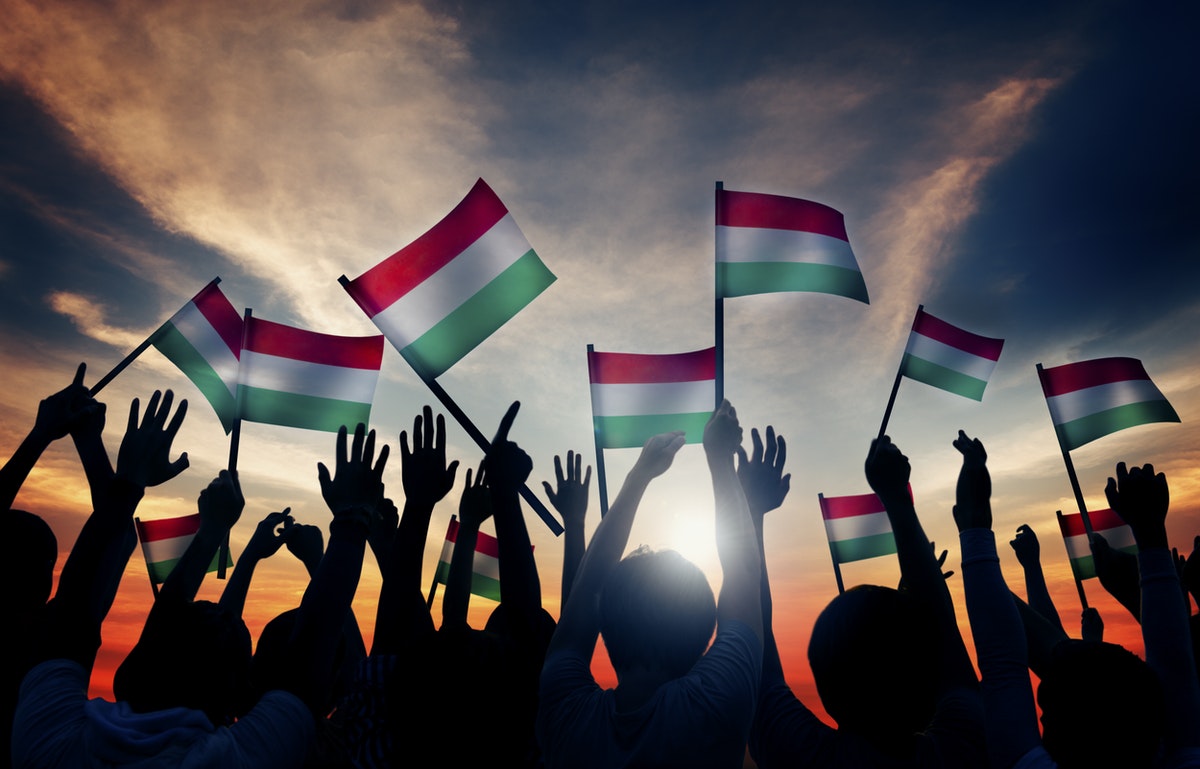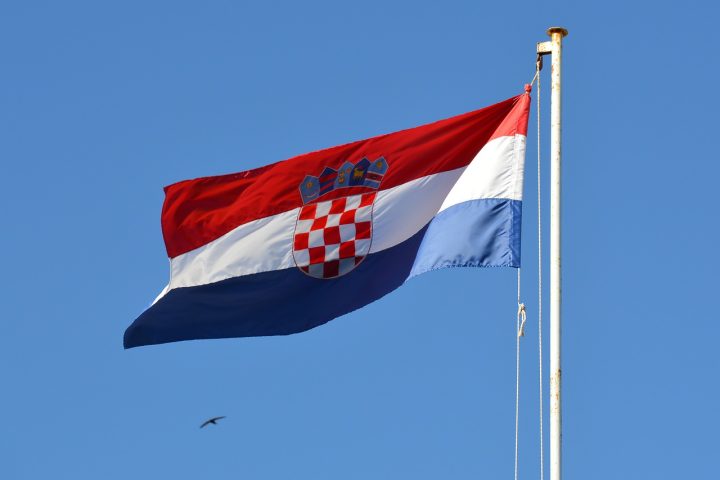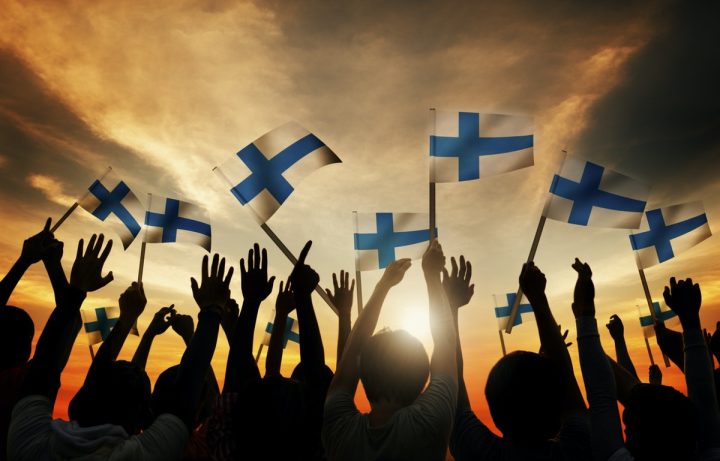European Ecommerce Overview: Hungary
Written by
Kinga EdwardsPublished on
Gain valuable insights into Hungarian e-commerce. Learn about the market, consumers, payments, social media and logistics in this country!

Hungary is a country in Central Europe. It has no access to the sea. It borders seven countries: Austria, Slovakia, Ukraine, Romania, Serbia, Croatia, and Slovenia. Since 2004, it belongs to the European Union.
But have you ever wondered how online shopping plays out in Hungary? With rising internet access, mobile habits shifting, and international marketplaces making inroads, the landscape of Hungarian e-commerce is changing fast.
Thus, in this article, we will cover the situation of the Hungarian ecommerce market, making it easier to understand its specifications. Let’s start with an ecommerce overview.
Hungarian e-commerce overview
First up, what’s the scene? The Hungarian e-commerce market is growing steadily. One recent estimate puts the market size at around $4.85 billion in 2025, with a projected CAGR of about 8.7% through 2030.

Another source puts domestic online retail at HUF 1,920 billion in 2024, growing roughly 15% year-on-year, where import trade already accounted for HUF 330 billion.
What this tells us:
- There’s a healthy and expanding online-shopping culture in Hungary.
- Growth is being boosted not just by domestic retailers, but also by global brands and imports.
- But the market also has its limits: infrastructure, logistics and local competition all matter.
Moreover, some of the top e-commerce categories in Hungary based on recent data are:
- Apparel/Fashion – with about 17.97% of all online stores in Hungary
- Home and Garden – close behind apparel, with around 16.58% of Hungarian online stores
- Beauty and Fitness – fast-growing category that accounts for 8.88% of all stores

So if you’re thinking about entering the Hungarian e-commerce market or adding new product lines, focusing on fashion/apparel, home-living goods, beauty/fitness, or electronics will align you with what Hungarians are already buying online.
Hungarian consumer behavior
Okay, now let’s zoom in on the people doing the buying. Hungarians are increasingly comfortable shopping online, though certain habits stand out.
Hungarian consumers are online more than ever. As of December 2024, about 90.36% of individuals in Hungary used the internet regularly. That’s big because it means your online shop has access to almost the whole country in terms of digital penetration, though rural/urban divides still matter. As a result of this wide adoption, in 2024, online retailers in Hungary generated about $4,733 million – with a growth rate of approximately 15–20% compared to the previous year!

When it comes to spending, households in Hungary moved quite a bit: consumer spending rose from HUF 8,604,106 million in Q1 of 2025 to HUF 9,248,193 million in Q2.
Looking at store-level data: of the tens of thousands of online stores in Hungary, 99.63% had monthly sales of less than $100. That indicates a long-tail ecosystem of many small or niche players.
Trust and experience matter. Because Hungary still has a mix of older shoppers and younger digital natives, your online store must feel reliable: clear language (Hungarian), visibly safe payment and info about delivery and returns. Many e-shoppers expect mobile-friendly sites. In fact, online retail studies show mobile commerce is strong and growing in Hungary.
Another behaviour trend: Hungarian shoppers don’t just buy when they want to—they also compare. High cross-border openness means they’ll look to EU sites or imports if it’s better value. So localised pricing, currency clarity (HUF), and low shipping surprises help you win.
A few practical takeaways for you:
- Mobile experience is critical: Hungary is seeing rising smartphone usage for shopping.
- Trust and localisation matter: Hungarian language, local pricing, clear delivery options make a difference.
- Imports are relevant: shoppers look beyond domestic stores when there’s value or unique items.
- Small players dominate in number, so if you’re scaling a brand-style business, stand out via service, stock, or niche.
Payment ways in Hungary
And how Hungarians prefer to pay when they click “buy”?
In Hungary, the payments market shows some interesting characteristics: cash still holds a big share, especially in offline and some online segments. At the same time, card-based payments (credit & debit) are steadily rising as infrastructure improves. Plus, financial inclusion efforts and rising banking penetration are driving the adoption of debit cards.
Also worth noting: a new regulation is coming. Starting “summer 2025”, Hungary is putting in place a fraud-detection system that continuously analyses payment patterns and uses self-learning methods to filter fraudulent orders. That means digital sellers should ensure their payment flows, fraud checks, and UX are up to scratch – especially if you’re operating cross-border or via a marketplace.
What this means for your ecommerce strategy:
- Offering multiple payment methods is important. Don’t rely solely on card payments; consider bank transfer or regional wallets if relevant.
- Ensure your checkout feels local—Hungarian language, HUF currency, clear trust signals.
- Monitor payment fraud risk more than ever before—invest in good integration and fraud prevention.
- Communicate payment options clearly because shoppers may still prefer familiar methods (cash-on-delivery, bank transfer) especially if trust is low.
Social media in Hungary
If you want reach in Hungarian e-commerce, go where people actually hang out—then tailor the format.
Hungary’s online population sits around 9.09 million individuals using the internet, of which there are 7.04 million active social media users. That’s roughly 73% of the population, and up year on year—so your customers are definitely scrolling.
What works today? Broad platforms like Facebook, Instagram, and Messenger still carry mass reach for Hungarian e-commerce, but short-form video is the breakout format you can’t ignore. TikTok and Reels have grown fast in Hungary over the past two years, mirroring broader European shifts toward video discovery. Pair that with a solid presence in Facebook Groups and local community pages, and you get both reach and intent.
In numbers:
- Facebook had 5.65 million users in Hungary in January 2025
- Instagram had 2.60 million users
- TikTok had 3.17 million users (aged 18 and above)
- LinkedIn had 1.80 million users
- Messenger had 4.90 million users
- Snapchat had 1.16 million users
- X had 874 thousand users
- Pinterest had 2.09 million users
So there’s room for your social media strategy to grow in Hungary — but it needs a local touch. Hungarian users love authentic, story-driven content, especially on Facebook, TikTok, and Instagram, which remain the main engagement hubs.
A few tactics that play nicely with the 2025 feed:
#1 Make product explainers short, captioned, and localized. Think 20–40 seconds with Hungarian subtitles for quiet viewers.
#2 Use Stories for limited-time drops and store-pickup promos; keep grid posts for proof (UGC, before/after, staff picks).
#3 Nurture a “local social” layer: collaborate with Budapest micro-creators or regional voices in Debrecen, Szeged, Pécs. Micro-influencers convert well for neighborhood-level offers.
Hungarian logistics
Here’s the good news for Hungarian e-commerce: last-mile options have matured, and lockers are having a moment. That means cheaper delivery, fewer missed drops, and happier shoppers.
Lockers are now mainstream. GLS confirmed more than 2,500 GLS Parcel Lockers nationwide by late 2025, extending coverage across 740 settlements and 3,500+ delivery points (lockers + PUDOs). That’s serious density for a 10-million-person market and a great fit for click-and-collect and returns.

Competition is intense. Foxpost (now tied up with Packeta) has publicly aimed for the largest locker footprint in Hungary, and media reports indicated a network in the ~3,100 locker range by end-2024, with heavy expansion through 2025. They’re piloting two-times-per-day replenishment at busy locations to speed turnover, which helps during peaks like BFCM.
Capacity keeps rising elsewhere, too. KEBA’s 2,000th GLS locker install (celebrated in early 2025) shows how quickly networks are scaling, and state postal operator Magyar Posta has continued building its own OOH options after crossing 500 lockers earlier. Net effect: more choice for consumers, and more resilience for merchants during surges.
Why lockers matter for Hungarian e-commerce:
- Predictability. Hungarian shoppers have voiced frustration with “missed” or unpredictable home drops; lockers reduce that friction and let people collect on their schedule.
- Cost control. Out-of-home usually beats home delivery on cost, which helps margins when baskets are smaller. EU-wide trends point to double-digit annual growth in locker deployments through 2027—Hungary is part of that wave.
- Peak smoothing. With networks like GLS, Foxpost/Packeta, DPD, and MPL all active, you can route traffic across carriers and avoid single-point failures in November–December.
To sum up
If you’re selling into Hungary (or thinking about it), knowing how Hungarians buy, pay, and engage online will give you a real edge.
What we have learned is that Hungary is an unappreciated market when it comes to e-commerce. It has a big potential, so if you want to enter this Central European market, we keep our fingers crossed. After reading this article, you know how to win Hungarians’ hearts. And you understand that they are open to not-native products. Why not try it?
If you are interested in other European countries’ ecommerce markets, you can find articles about Spain, Austria, or Denmark for Scandinavian fans. And there is more. Feel free to dive in.


